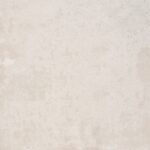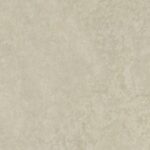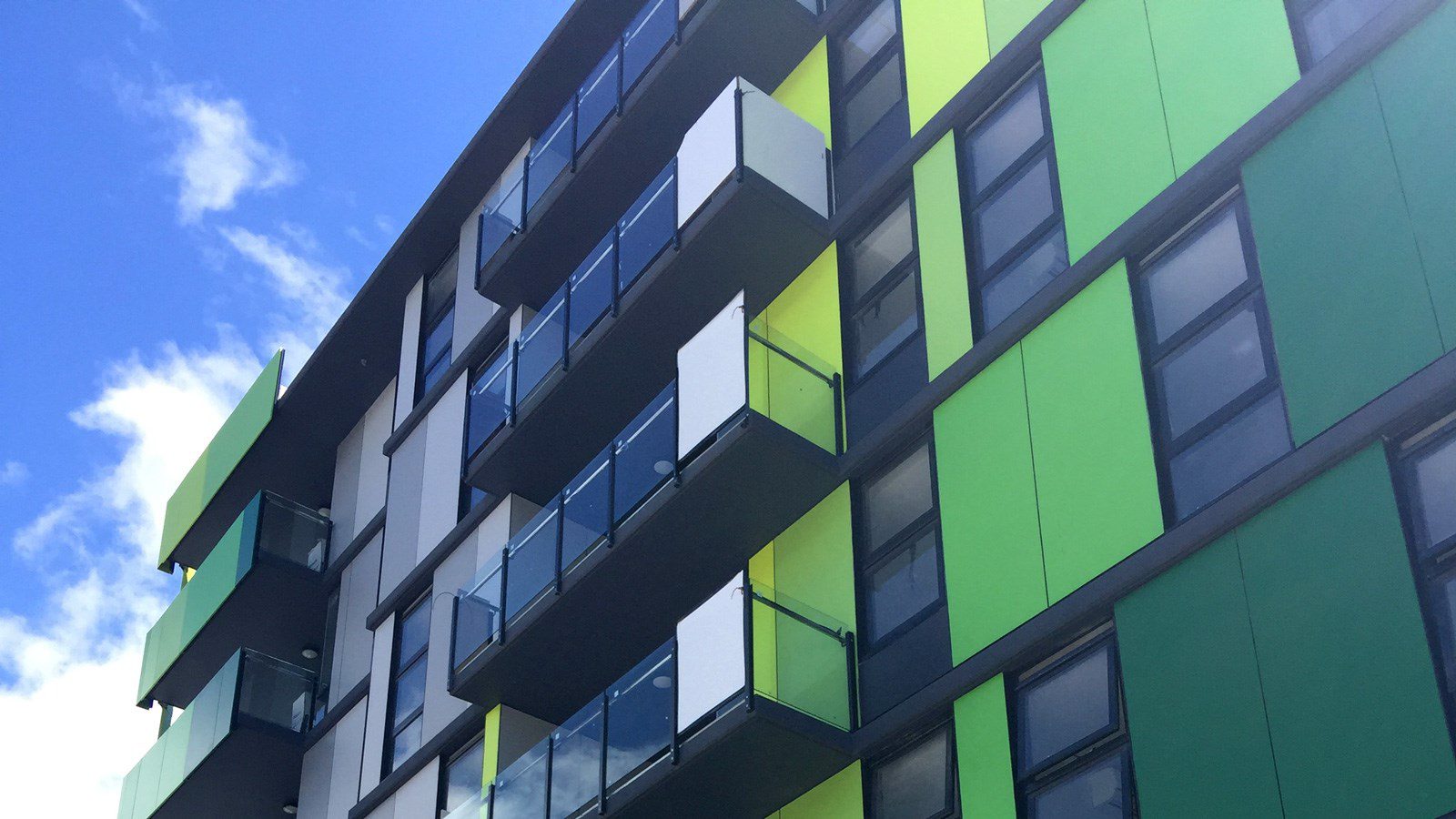Underlays that keep your floors in top condition.
Browse our range of Underlay products below
Why you need a floor tile underlay
If you lay a rigid floor tile on a springy timber floor it’ll most likely crack. When room temperatures change timber and ceramic tiles expand at different rates. This disparity can also cause cracks.
Designer floor tiles can cost upwards of $100 per square metre. A tile underlay costs less than a fifth of the cost of premium tiles. Ceramic tile underlays are effectively cheap insurance against cracking.
The purpose of a floor tile underlay is to assist in preventing ceramic tile finishes from cracking. Floor tiles can be expensive, and cracks are difficult to rectify. You’re taking too much risk to lay floor tiles directly to a timber floor when an inexpensive solution is commonly available.
Timber floors include tongue and groove floorboards as well as substrates like timber particleboard and plywood. Both new and old timber floors may require an underlay. Underlays are used to create a rigid substrate for laying floor tiles. Ceramic tiles don’t flex and need a rock-solid base. Before installing the underlay, it’s important to fix any loose or squeaky boards. This could be done by pulling them tighter onto joists with countersunk screws.
Internal underlays for ceramic tiles can be used in wet or dry areas. In dry areas tiles can go directly onto the underlay. In wet areas a waterproof membrane goes between the underlay and tile. The underlay sheets should be laid perpendicular to the direction of the timber flooring. They should be staggered in a brick pattern.
Sort
Frequently asked questions
-
Do you need an underlay for tiling?
Yes, you’ll likely need a ceramic tile underlay for timber floors to minimise tile movement. Timber floors are too flexible for rigid tiles to be fixed to. An underlay creates a more rigid substrate to prevent floor tiles from cracking.
-
What do you use for a tile underlay?
A Ceramic Tile Underlay consists of a 6 mm thick, specially formulated fibre cement sheet. Cemintel’s Ceramic Tile Underlay comes in an 1800 x 1200 mm size.
-
What are the best underlays for ceramic tiles?
Fibre cement Ceramic Tile Underlays are inexpensive, effective, and widely available. There are very few other material options.
-
Should tile underlays be glued down?
Cemintel’s Ceramic Tile Underlay is primarily fastened to timber floors using 2.5mm x 25mm Fibre Cement Underlay Nails.
However, if it’s laid over particleboard or plywood flooring the underlay must be adhered to the floor. Use CSR Gyprock Acrylic Stud Adhesive at 150mm centres. Apply it with a notched trowel. This is in addition to nails.
-
What are the benefits of tile underlays?
The main purpose, and greatest benefit, of ceramic tile underlays is to provide a suitably stable substrate to lay your floor tiles to assist in preventing possible cracking of the tiles. A problem they’re prone to have due to the movement that occurs naturally with particleboard and plywood substrates.
Fibre cement tile underlays are just 6mm thick, so they don’t raise the floor level too much.
Other applications
Residential
Commercial
Inspire
Latest topics, projects and people that help shape architecture, design, building and construction.
Speak to an expert
Simply complete the form to get in touch with one of our Cemintel experts.
















